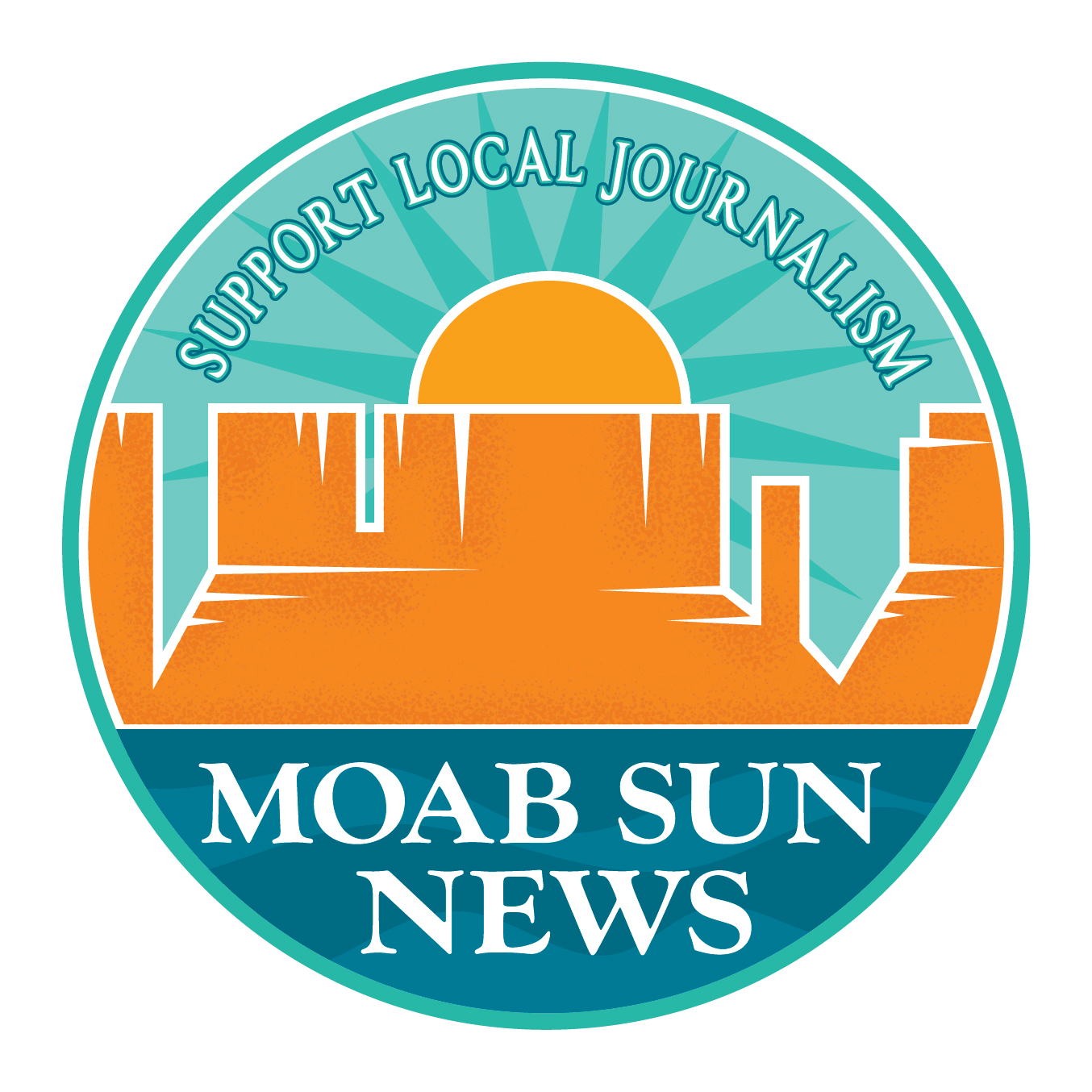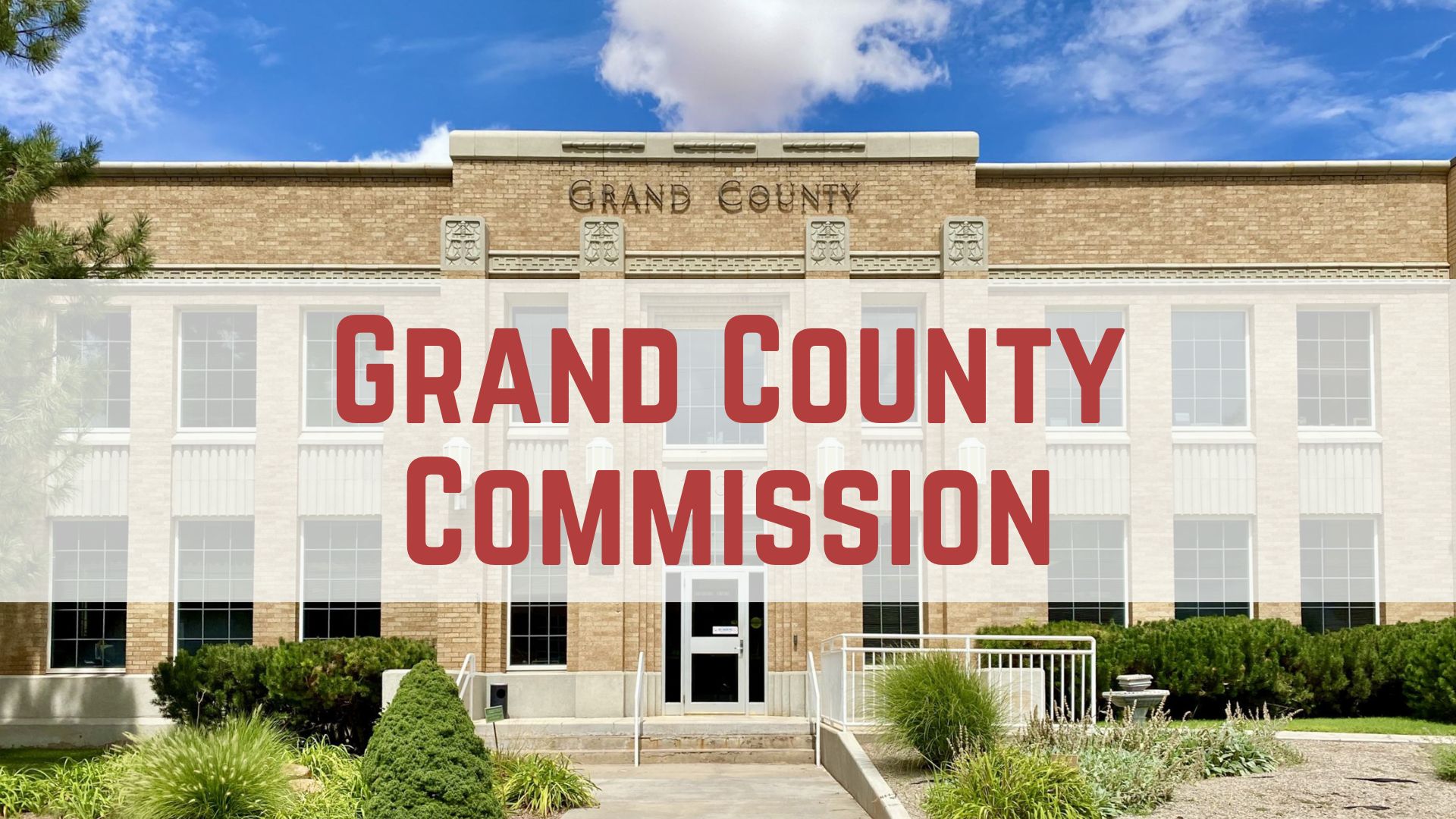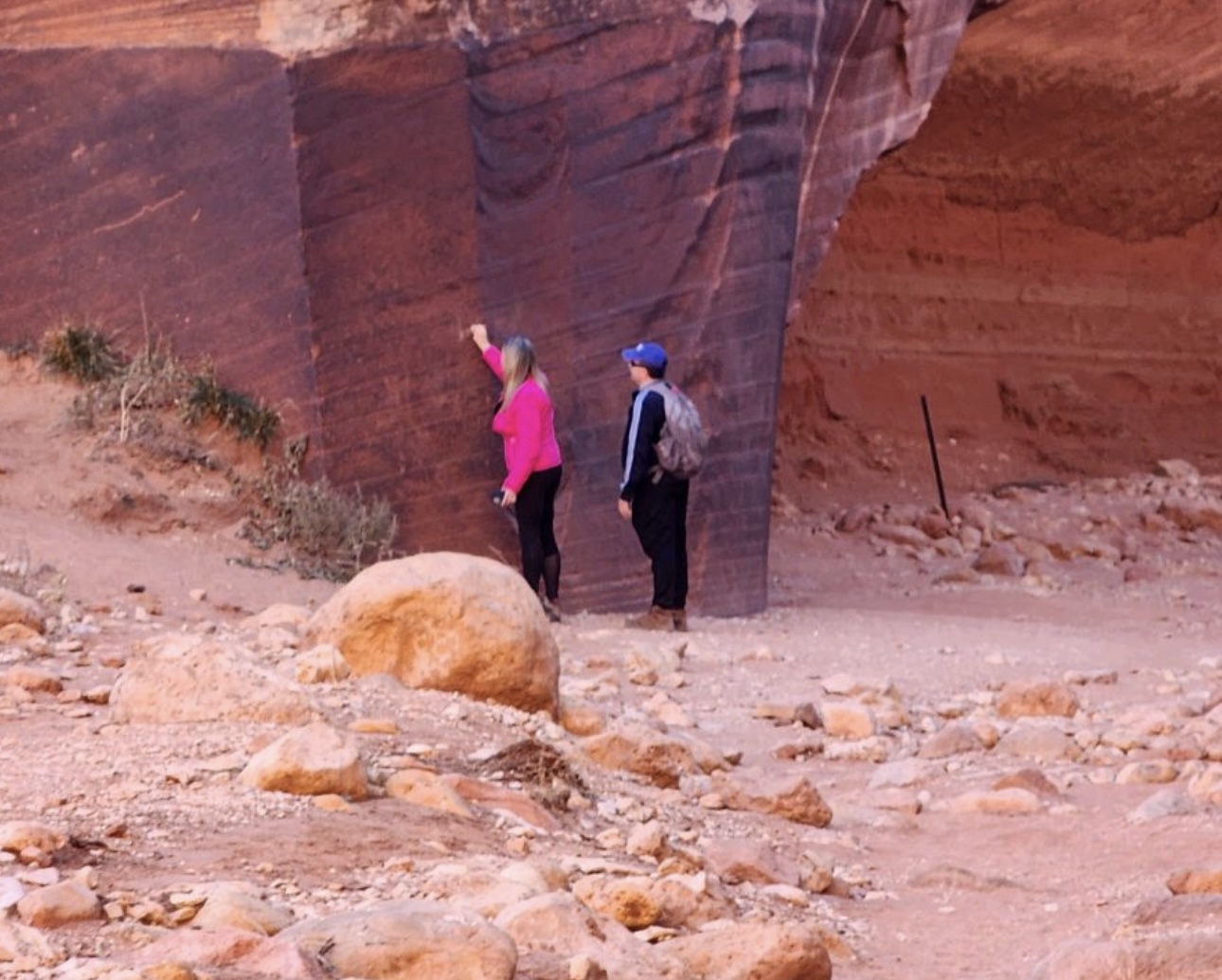Some information may be outdated.
At their regular city council meeting on May 25 — their first in-person meeting since the pandemic began last year — councilmembers approved the mayor signing a letter of support for the Moab and Spanish Valley Regional Transportation Plan after some debate. City Engineer Chuck Williams also provided updates on Highway 191 and upcoming transportation plans.
Crews have made significant progress on the repaving of Highway 191, though construction workers have had to tear up some asphalt to make room for manholes and storm drains. All lanes should be open for use on the weekends until the paving is completed, which Williams anticipates to be July or August. It will be into the fall, however, before the storm drains and connections to side streets are completed.
Williams also reported that the Utah Department of Transportation has reviewed the design for a right turn lane for northbound traffic towards 400 East, which he and local law enforcement hope will minimize accidents in the area. The construction should take place in the next few months.
Kimley-Horn, planning and design engineering consultants, have been selected to carry out the unified transportation plan between Moab City and Grand County, which is expected to take a year to complete. Staff members from both the city and the county reviewed proposals for the plan and selected Kimley-Horn, which has worked with the entities previously. Next steps include assembling a technical advisory committee composed of government staff and a small stakeholder group composed of city and county appointees and business representatives.
Williams also plans to debut a public involvement campaign in the following months as the firm proceeds with the scope of work. Kimley-Horn will work with the county — the contracting agency — within the budget and finalize the scope of work at the next county commission meeting on June 1.
Next, the council discussed a letter of support for the 2050 Moab and Spanish Valley Regional Transportation Plan. The plan was prepared by Fehr & Peers, a consulting firm, in contract with UDOT in consultation with a core management team with representatives from Grand County, San Juan County, SITLA and Moab City.
The most controversial and debated element of this transportation plan has been the possibility of a Highway 191 bypass for traffic around the city of Moab. At their regular meeting on May 4, the city council adopted a resolution written by Jones: “The continuing idea of a bypass — and the contention around it — distracts from the hard work of finding real solutions to Moab’s challenges.” As such, the council voted four to one — with Councilmember Karen Guzman-Newton dissenting — that the bypass should not be included in the transportation plan’s scope of work.
A Highway 191 bypass has been floated for decades as a potential way to alleviate congestion, noise and traffic in Moab’s downtown core. The idea has remained controversial, as the most likely route for a bypass would cut through Moab’s Mountain View neighborhood, which residents have strongly opposed.
The regional transportation plan developed between UDOT, Moab City, Grand County, San Juan County and SITLA will organize future transportation projects in the region, led by UDOT and Fehr & Peers. Early drafts of the plan included bypass options that would cut through Moab neighborhoods and others that were deemed financially unfeasible. At their May 4 meeting, Jones and other councilmembers expressed that bypass discussions often overshadowed conversations about other solutions to mitigate Moab’s downtown issues, which was not a good use of time.
“I and everyone would like a pleasant, vibrant and activated downtown, and I think the city can and should play an important role in facilitating that off Main,” Jones said on May 4. While not wanting to completely eliminate plans for a bypass in the future, Moab sent “a clear message that the bypass agenda push for the last three years isn’t acceptable…that we want to pursue real solutions soon.”
Guzman-Newton was the sole nay vote against Jones’ anti-bypass resolution on May 4. “I don’t think it is forward-thinking by taking this off the books. There is a good possibility that we might not be able to say yay or nay to a bypass,” she said at the time. “I am disappointed that there is the feeling that we need to eradicate this because this discussion has been happening for over 30 years.”
As a result, the regional transportation plan now does not include a bypass on its list of 13 projects. UDOT asked all participating agencies for letters of support for the plan, and Moab’s letter was discussed at length on Tuesday.
“The City of Moab wishes to express support for the regional, collaborative planning effort that the Plan represents to meet the transportation challenges of the region,” the letter reads. “[T]he City does not support the idea of a ‘Bypass’ as referenced in the attached resolution. However, to the extent that the solutions identified in the Plan meet City goals, the City supports coordinating and aligning future planning efforts with the Plan’s solutions.”
The council then rehashed the bypass debate.
“Fear of making an unpopular decision for less than 200 people should not outweigh the reality of ignoring a critical problem in our downtown core that affects millions of people a year and thousands of local residents included,” said Guzman-Newton. “I’m very dismayed that we have omitted the bypass.”
Councilmember Tawny Knuteson-Boyd pointed out that Jones’ resolution passed on May 4 is unbinding, and that a future Moab City Council may decide to pursue the bypass.
“[The bypass] was overreaching and it took every bit of energy that everybody had when we were trying to solve any other problem,” she continued.
“It’s short-sighted,” said Guzman-Newton in response. “This is really regressive of us to take it out. I support everything else in this plan except for the omission of a bypass.”
Councilmember Mike Duncan said that he feared that UDOT, if the door for a bypass was left open, would not provide the safety or noise modifications to make it bearable for Moab residents. “It’s a mixed bag and a nuanced position, but if I have to pick the less evil of the two choices, I”m going to vote to discourage the bypass at this time.”
It is clear that discussion on transportation projects in the Moab area will continue long into the future, including the possibility of a bypass. Ultimately, Jones made a motion to approve the city’s letter of support for the regional transportation plan, which passed with votes from all council members, except Guzman-Newton.
The Moab City Council meets on the second and fourth Tuesday of every month at 7 p.m. Meetings are streamed online at the Moab City Youtube channel. Schedules, agendas and opportunities for public comment can be found at www.moabcity.org
Appreciate the coverage? Help keep local news alive.
Chip in to support the Moab Sun News.




